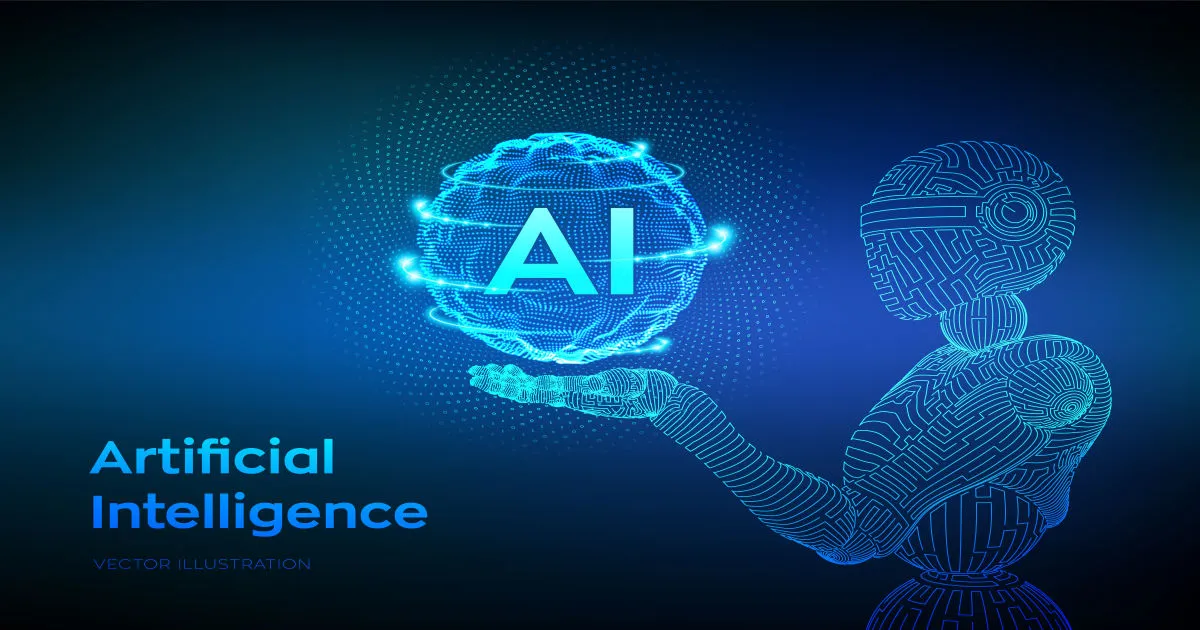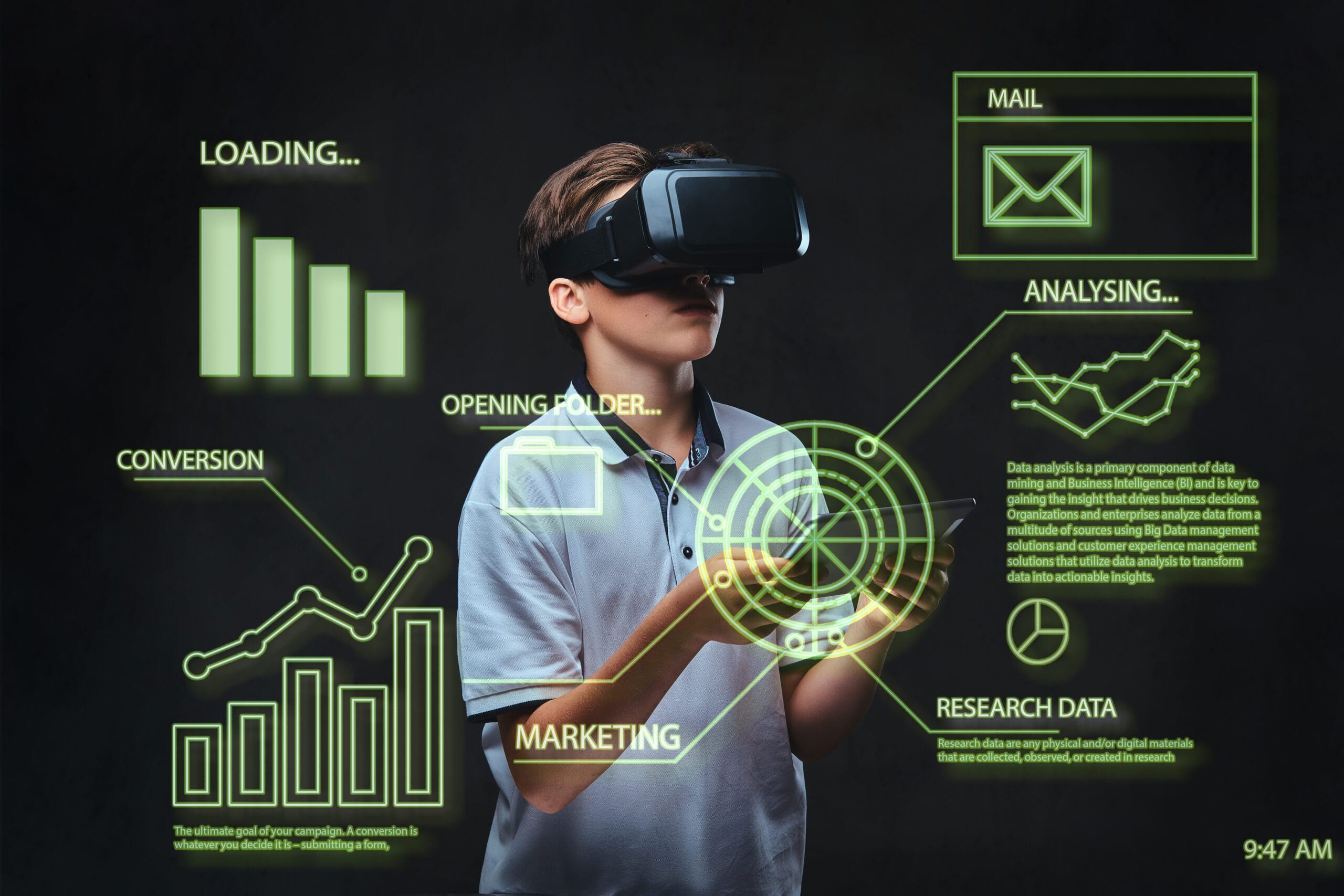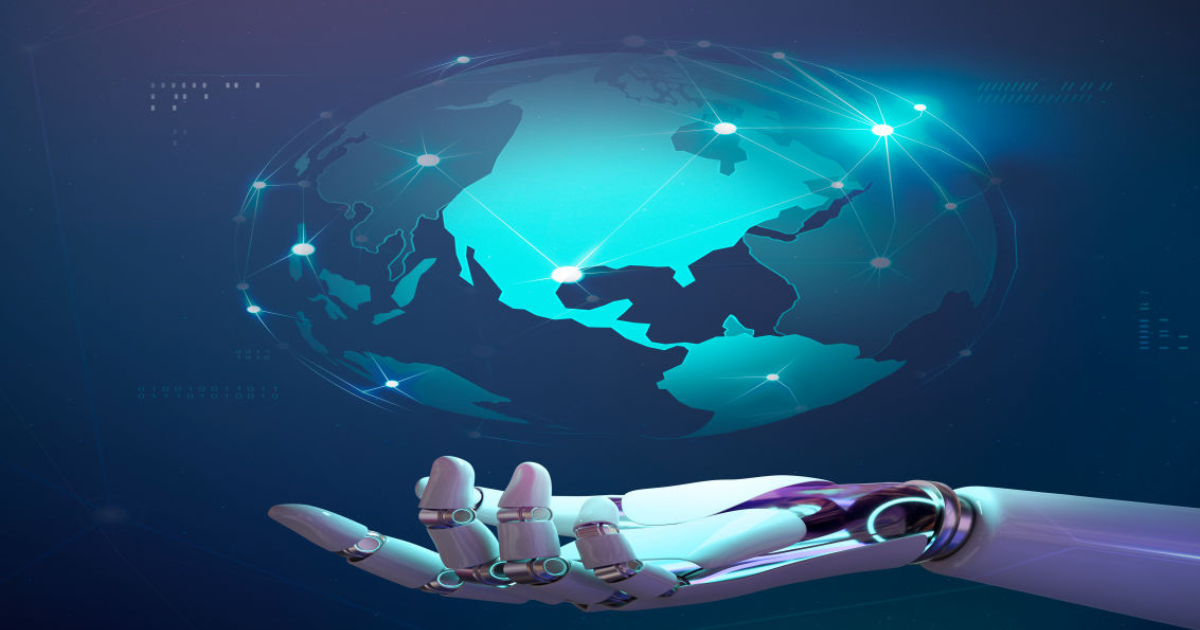The future of AI
HELLO! In this blog we talk about the future of AI.
The Future Of AI(ARTIFICAL INTELLIGENCE), is the ability of a digital computer or computer-controlled robot to perform tasks commonly associated with intelligent beings. The term is frequently applied to the project of developing systems endowed with the intellectual processes characteristic of humans, such as the ability to reason, discover meaning, generalize, or learn from past experience. Since the development of the digital computer in the 1940s, it has been demonstrated that computers can be programmed to carry out very complex tasks—such as discovering proofs for mathematical theorems or playing chess—with great proficiency. Still, despite continuing advances in computer processing speed and memory capacity, there are as yet no programs that can match full human flexibility over wider domains or in tasks requiring much everyday knowledge. On the other hand, some programs have attained the performance levels of human experts and professionals in performing certain specific tasks, so artificial intelligence in this limited sense is found in applications as diverse as medical diagnosis, computer search engines, voice or handwriting recognition, and chatbots.
The future of AI(Artificial intelligence) is the theory and development of computer systems capable of performing tasks that historically required human intelligence, such as recognizing speech, making decisions, and identifying patterns. AI is an umbrella term that encompasses a wide variety of technologies, including machine learning, deep learning, and natural language processing (NLP).
Although the term is commonly used to describe a range of different technologies in use today, many disagree on whether these actually constitute artificial intelligence. Instead, some argue that much of the technology used in the real world today actually constitutes highly advanced machine learning that is simply a first step towards true artificial intelligence, or “general artificial intelligence” (GAI).
Yet, despite the many philosophical disagreements over whether “true” intelligent machines actually exist, when most people use the term AI today, they’re referring to a suite of machine learning-powered technologies, such as Chat GPT or computer vision, that enable machines to perform tasks that previously only humans can do like generating written content, steering a car, or analyzing data.
FOR MORE BLOGS
WHAT TECHNOLOGY USED FOR AI
The future of AI(Artificial intelligence) relies on a variety of technologies to simulate human-like intelligence and perform tasks that traditionally require human intelligence. Some key technologies used for AI include and what technology used for AI:
- Machine Learning (ML): Machine learning is a subset of AI that involves training algorithms to learn from data and make predictions or decisions without being explicitly programmed. ML techniques include supervised learning, unsupervised learning, and reinforcement learning.
- Deep Learning: Deep learning is a subset of ML that uses artificial neural networks with multiple layers (deep neural networks) to model complex patterns and relationships in data. Deep learning algorithms have been particularly successful in tasks such as image recognition, natural language processing, and speech recognition.
- Natural Language Processing (NLP): NLP is a branch of AI that focuses on enabling computers to understand, interpret, and generate human language. NLP technologies include text analysis, sentiment analysis, language translation, and language generation.
- Computer Vision: Computer vision involves enabling computers to interpret and analyze visual information from images or videos. Computer vision technologies enable tasks such as object detection, image classification, facial recognition, and image segmentation.
- Speech Recognition: Speech recognition technologies enable computers to transcribe spoken language into text and interpret or respond to spoken commands. Speech recognition is used in virtual assistants, voice-controlled devices, dictation software, and interactive voice response systems.
- Robotics: Robotics combines AI with mechanical engineering to design and develop robots that can perceive their environment, make decisions, and perform physical tasks autonomously or semi-autonomously. Robotics technologies include sensors, actuators, motion planning algorithms, and robot control systems.
- Knowledge Representation and Reasoning: Knowledge representation involves capturing and structuring knowledge in a format that computers can understand and reason with. AI systems use various representations such as rules, ontologies, semantic networks, and knowledge graphs to model knowledge and infer conclusions.
- Expert Systems: Expert systems are AI systems that emulate the decision-making abilities of human experts in specific domains. Expert systems use knowledge bases, inference engines, and reasoning algorithms to provide advice, recommendations, or solutions to complex problems.
- Reinforcement Learning: Reinforcement learning is a type of ML that involves training agents to interact with an environment and learn optimal strategies through trial and error. Reinforcement learning is used in applications such as game playing, robotics, autonomous vehicles, and recommendation systems.
- AI Chipsets and Hardware Accelerators: AI chipsets and hardware accelerators are specialized hardware designed to perform AI computations efficiently. These include graphics processing units (GPUs), tensor processing units (TPUs), field-programmable gate arrays (FPGAs), and application-specific integrated circuits (ASICs) optimized for AI workloads.
What is ChatGPT?
ChatGPT is a powerful artificial intelligence bot developed by OpenAI. Its makers Altman, Musk, and other Silicon Valley investors created an artificial intelligence research non-profit organization in 2015 and unveiled it to the world on 30th November 2022. ChatGPT is Chat Generative Pre-Trained Transformer. It is a powerful AI bot that is capable of understanding human speech and producing in-depth w riting that is easily understood by humans. The question-answer format use in ChatGPT makes it interesting.







